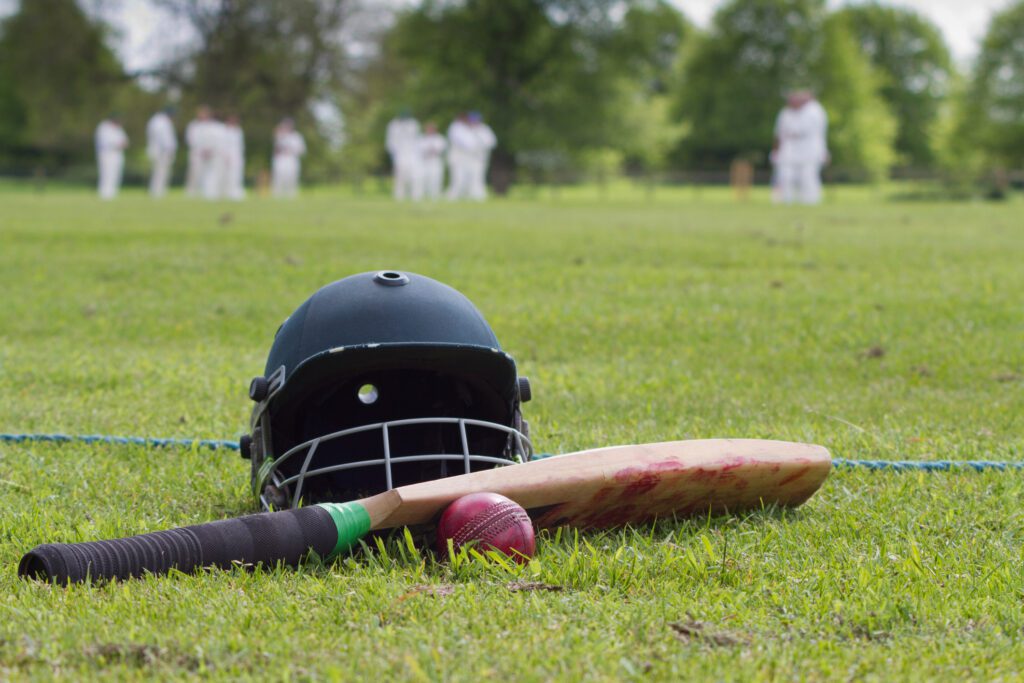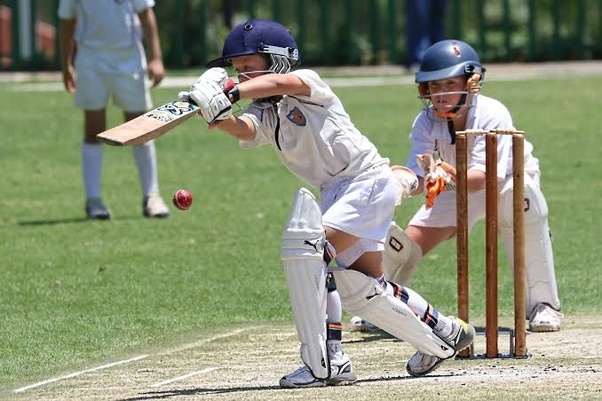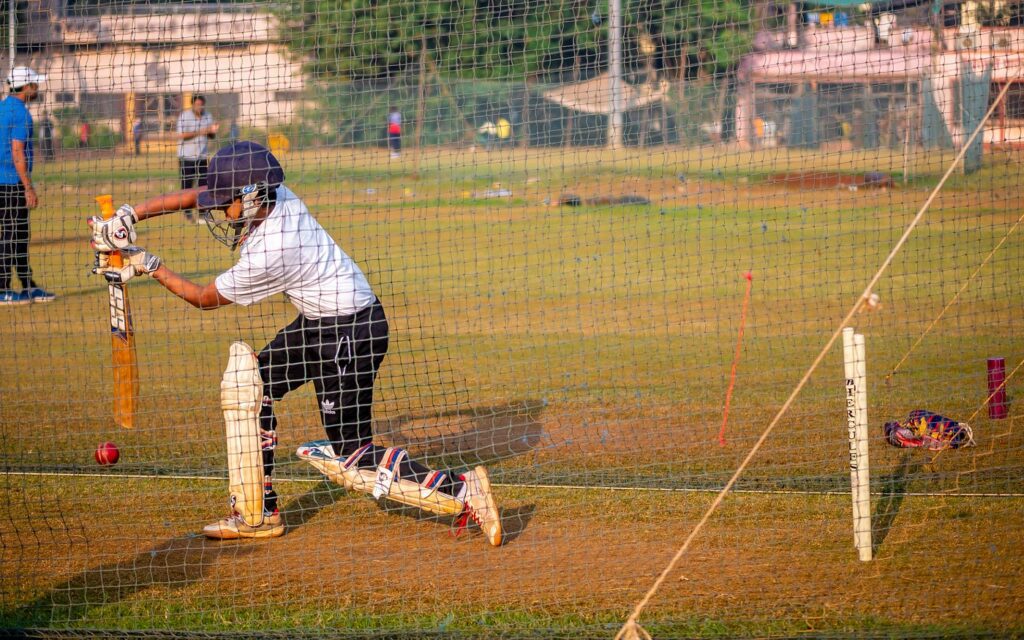Introduction
Cricket is one of most popular sports in all over the world. It is played almost everywhere in the country and is considered to be the most popular sport in India. The Board of Control for Cricket in India (BCCI) is the governing body of Indian cricket and conducts all domestic tournaments and selects the players for India national cricket team and India women’s national cricket team. Virat Kohli, Sachin Tendulkar, Kapil Dev, Chris Gayle, Don Bradman, Brian Lara are among the few names who are top most global known players in this sport with huge fan following not only in their country but other countries also. If you are wondering to aspire this sport in your career or how to become a cricketer or how to start a cricket career then definitely this post will help to build your career path of cricketer with this ultimate guidance in this post. In this post we mentioned step by step guide to how to become a cricketer with fulfilled or satisfactory information by which you will know how to start this career. As you know that Cricket is getting more and more popularity which increases more and more opportunity to become a professional cricketer. So don’t miss out and Let’s get started.
Understanding The Basics Of Cricket

To become a cricketer first, you have to know the basics of cricket. To understand the basic concept and rules of cricket, one must first memorize the five basic pieces of equipment: the ball, the bat, the wickets, the stumps, and the bails. The ball is hard and covered in leather, and the bat is made up of wood and it is flat on one side and humped on the other. Stumps are wooden posts that are 32 inches high. Bails are the wood pieces that sit in grooves on the top of the stumps, and wickets are rectangular wooden structures made up of the stumps and bails.
The game is contested by two teams of 11 players and involves a bowler delivering a ball at a batsman, who attempts to hit it. The batting side scores runs by striking the ball bowled at one of the wickets with the bat and then running between the wickets, while the bowling and fielding side tries to prevent this and dismiss each batter. Means of dismissal include being bowled, when the ball hits the stumps and dislodges the bails, and by the fielding side either catching the ball after it is hit by the bat, but before it hits the ground, or hitting a wicket with the ball before a batter can cross the crease in front of the wicket.
Building Strong Fundamental Skills
Batting techniques
- Grip and Stance : Understanding the correct grip on the bat and the alignment of the feet, the positioning of the hands on the bat, and maintaining balance.
- Footwork : Developing agile footwork is essential for a batsman to move fast and take a quick shot selection.
Bowling techniques
- Finger Placement : A proper finger grip on ball is very important to understand. Different grips vary based on the type of delivery the bowler intends to bowl.
- Wrist Position : This includes Seam and Swing depending on the desired outcome, bowlers may adjust their wrist position. Holding the seam upright while releasing the ball can lead to seam movement, while wrist position and finger movement can contribute to swing.
Fielding Skills
- Catching : Developing hand-eye coordination is essential to be a good fielder which possesses excellent hand-eye coordination to track the ball’s trajectory and position themselves for a catch.
- Throwing : This includes accuracy of fielders who throws to prevent batsmen from taking runs or to target the stumps for run-outs.
Start Early Under 10-12 Years Age

To become a professional cricketer or athlete, it is important to start at early stages and practice regularly. According to, the best age to start playing cricket is ideally around the age of 5-7 years. It is recommended to introduce your kids to cricket as early as possible! If interest is spotted, professional coaching can be started at the age of 8-10 years to hone the natural abilities and inclination to specific skills. If you want to pursue a career in cricket, it is important to make a decision early. As a young player, you should decide early on whether or not, you want to become a cricketer. This is because cricket have substantially greater levels of competitiveness and that’s why if you want to make a profession out of cricket, an academy is an ideal place to start.
Need Equipment For Cricket

Embarking on a career as a cricketer requires not only skill and determination but also the right equipment to hone one’s abilities and withstand the rigors of the sport. The essential equipment for a budding cricketer includes a high-quality cricket bat tailored to individual preferences and playing style. Additionally, protective gear such as batting gloves, leg pads, and a helmet is imperative to ensure safety during both practice sessions and actual matches. Aspiring cricketers should also invest in a sturdy kit bag to organize and transport their equipment efficiently. Overall, having the right cricketing equipment not only fosters skill enhancement but also contributes to a cricketer’s confidence, allowing them to focus on refining their game and pursuing excellence in the sport.
Joining A Cricket Academy

Participating in a cricket academy can help you become acquainted with the exposure necessary to thrive in this industry. Together with your regular self-practice, invest the time at a cricket academy to discover efficient tips and tactics. The structured training, expert coaching, and exposure to competitive scenarios contribute to the holistic development of a player’s skills and character. Advantages of joining a cricket academy are, Expert Coaching, Specialized Training, Structured Training Programs, Competitive Exposure, Fitness and Conditioning by coaches, Networking Opportunities and Exposure to International Standards.
Competing at the School and College Level
Participating in school and college-level cricket tournaments is a crucial phase in the development of a budding cricketer. These tournaments provide aspiring players with invaluable opportunities to showcase their skills in a competitive environment. Successful performances in these tournaments can attract attention from scouts and selectors, potentially opening doors to higher levels of cricket competition. Being a member of a school or college cricket team will offer you an advantage in this circumstance, and then you may join a team that competes in various private cricket tournaments. Overall, participating in school and college-level cricket tournaments is a pivotal stepping stone in a cricketer’s journey, laying the groundwork for future success on the cricketing stage.
Taking Part In Regional And State-Level Cricket Competitions
Taking part in regional and state-level cricket competitions marks a significant progression in a cricketer’s journey. It helps to gain the experience by playing against experienced teams and having tough sportsmanship fight. Additionally, success in these competitions can elevate a player’s profile, attracting the attention of selectors and increasing the likelihood of being considered for higher-level opportunities, such as participation in national-level tournaments or even selection for representative teams.
Don’t Unfollow The Path Of Education

However, it is crucial for aspiring cricketers not to unfollow the path of education in this exhilarating pursuit. Education serves as a cornerstone, offering stability and a safety net in the unpredictable world of sports. The uncertain nature of a cricketing career, marked by injuries, form fluctuations, and unforeseen challenges, underscores the importance of having a educational background. By not forsaking education, cricketers not only ensure a well-rounded skill set but also lay the groundwork for a successful and fulfilling life beyond the cricket field. Balancing the pursuit of a cricketing dream with the steadfast commitment to education is a pathway to long-term success and personal growth.
Finding Scholarships And Opportunities

Finding scholarships and opportunities for cricket can greatly support aspiring cricketers in pursuing their athletic and academic goals. Here’s a guide on how to go about it:
Research And Networking
- Online Platforms : Explore dedicated sports scholarship websites, university websites, and cricket-specific forums.
- Local Cricket Associations : Stay connected with local cricket associations and clubs. They often have information on scholarships, grants, or talent identification programs.
Explore Corporate Sponsorships
- Corporate Partnerships : Some companies and sports brands sponsor promising athletes. Explore partnerships with cricket-related brands or corporations interested in supporting athletes.
Apply for Government Programs
- Sports Authorities : Check with national or regional sports authorities for any scholarship or funding programs available for talented athletes, including cricketers.
- Educational Grants : Explore government scholarship programs that support education. Some programs are designed to encourage both academic and athletic excellence.
Participate In Talent Hunt Programs
- National and International Scouts : Keep an eye on talent hunt programs organized by cricket boards, sports agencies, or cricket academies. Scouts often identify promising players and may provide scholarship opportunities.
- Cricket Trials : Attend open trials and talent identification camps conducted by cricket associations. Success in these trials can lead to scholarships or sponsorships.
Explore Scholarship Opportunities
- Red Bull has compiled a list of top Indian colleges that offer sports scholarships, including cricket. For instance, SRM University in Tamil Nadu awards sports scholarships worth 7 crores for seniors and juniors. Similarly, Rizvi College in Mumbai offers aid across various sports disciplines, including cricket.
- CampusReel provides a comprehensive list of scholarships for cricket students in the US, totaling $20,000.00.
- CricketBio offers tips on how to get a cricket scholarship, including applying for as many cricket scholarships as possible.
Want to See information about E-Sports Click Here
Want to See information about FAQ’s related Sports Click Here
FAQ’s
Can I become cricketer after 18 ?
Yes, it is possible to pursue a career in cricket after the age of 18. While many professional cricketers begin their formal training at a young age, there are examples of individuals who have successfully entered the world of professional cricket later in life.
Is 21 too late to start cricket ?
While many professional cricketers begin their formal training at a younger age, it is not necessarily too late to start playing cricket at the age of 21. Cricket, like any sport, welcomes individuals with passion, dedication, and a strong work ethic.
Can I become a cricketer after 12th ?
Yes, it is absolutely possible to pursue a career in cricket after completing your 12th grade. Many successful cricketers have started their professional journeys after completing their formal education.
